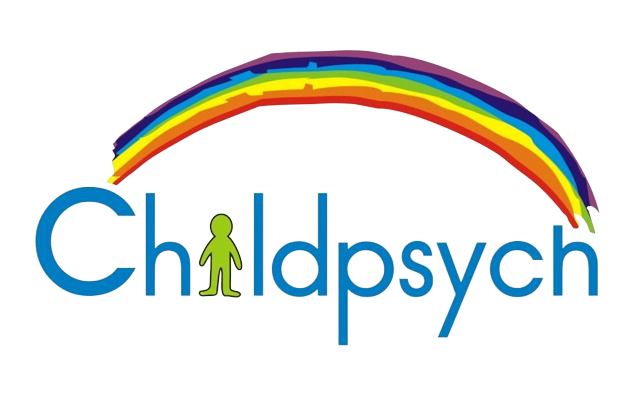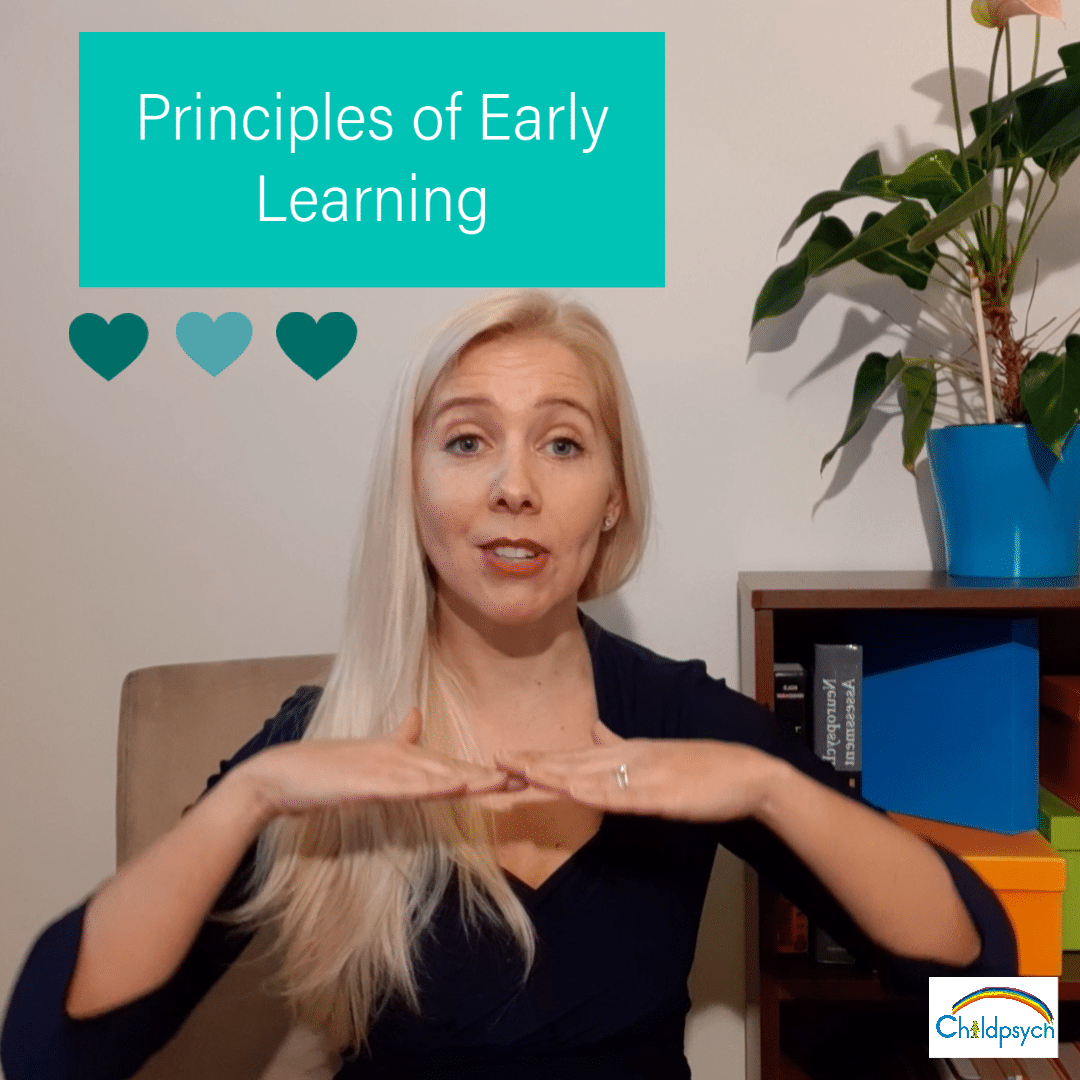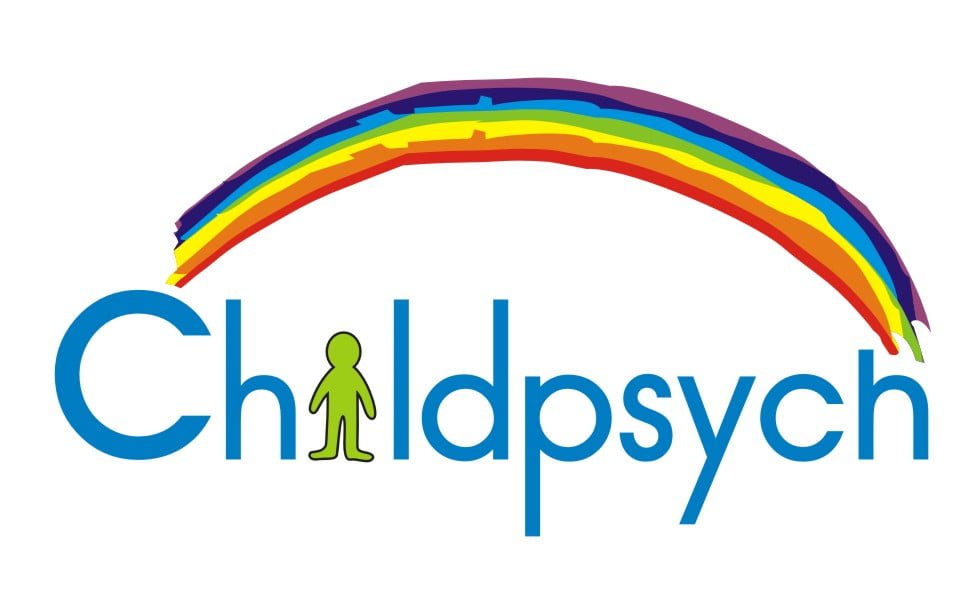Early Learning Series:
I’m so excited to launch this video article in a series on Early Learning. Throughout this series I am going to teach you the foundational skills that your child needs to learn to read and do maths. Pre-literacy skills and pre-numeracy skills help to build brains, and this is what we’re going to be focusing on.
Accessible to ALL:
It is really important to me that this series is accessible to all people, regardless of their economic circumstances. Please feel free to share these videos. Whenever I show you activities to do with your child at home, I will be using common household items that are readily available to most people.
Also keep in mind that we are on Facebook and Instagram – so please joins us there. And please leave any comments or questions below.
ear
Principles of Early Learning:
There are three principles of Early Learning that I want you to keep in mind throughout this series.
These are:
- Learning has to be fun
- Learning has to be multi-sensory
- Learning has to progress from the abstract to the concrete
Learning HAS to be fun
Teachers have always known that children learn better when they are having fun. But now we have the neuroscience to back this up. Neuro-imaging and neuro-chemical studies have shown that information is not only transferred better, but also stored better when children are engaged in an enjoyable activity.
Early Learning HAS to be Multi-sensory
Early childhood is a critical time for building connections between brain cells. And the more senses your child uses in exploring a concept the more connections the brain will build between various brain cells. This makes it easier for your brain to retrieve the information at a later date.
Early learning has to move from the concrete to the abstract
Children have to first master concrete concepts. Then they can move on to 2-dimensional representations. And then finally they can move to abstract concepts. Here is a simple example to illustrate. You child will have to hear, see and smell a horse before they can identify various pictures of horses. Only then will they be able to understand that the word horse refers to a type of animals that may be similar in most characteristics, but also different in others (such as the colour of their coats and the environments in which they live.
It is for this reason that we should avoid teaching children the (abstract) symbols that are letters and numbers until they have consolidated the concepts of individual sounds and quantities.
In next week’s episode in the Early Learning series we’ll have a look at 3 aspects of Auditory Perception, namely: Discrimination, Rhyme and Syllabification.




